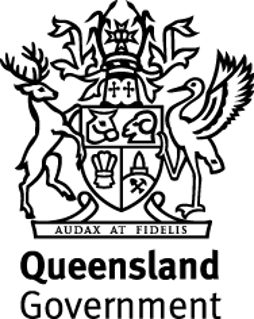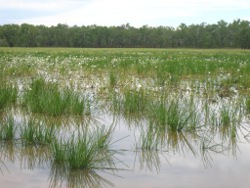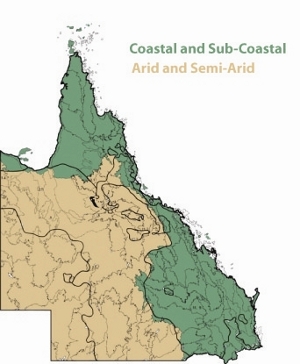|
|
Palustrine ecologyPalustrine wetlands are what many people traditionally think of as a wetland—they are vegetated, non-riverine or non-channel systems. They include billabongs, swamps, bogs, springs, soaks etc. and have more than 30% emergent vegetation. They are an important part of the landscape and provide habitat and breeding areas for a wide variety of species. To find out more about palustrine systems in Queensland choose a wetland type conceptual model below. Quick facts
The conceptual models below show information about hydrology, geomorphology, flora, fauna, nutrient dynamics and other aspects of natural palustrine wetland ecology. Coastal and subcoastal
Floodplain swamps
Non-floodplain swamps
Arid and semi-arid
The The Development of Semi-Arid and Arid Wetland Conceptual Models report is also available and is primarily concerned with the water resources in the Darling River basin including the Border Rivers, Moonie, Gwydir, Namoi-Peel, Macquarie, Castlereagh, Condamine-Balonne, Nebine, Warrego, Paroo, Barwon-Darling and the Lower Darling sub-basins. Additional information
Pages under this sectionReferences
Last updated: 22 March 2013 This page should be cited as: Department of Environment, Science and Innovation, Queensland (2013) Palustrine ecology, WetlandInfo website, accessed 8 May 2025. Available at: https://wetlandinfo.des.qld.gov.au/wetlands/ecology/aquatic-ecosystems-natural/palustrine/ |

 — Department of the Environment, Tourism, Science and Innovation
— Department of the Environment, Tourism, Science and Innovation



